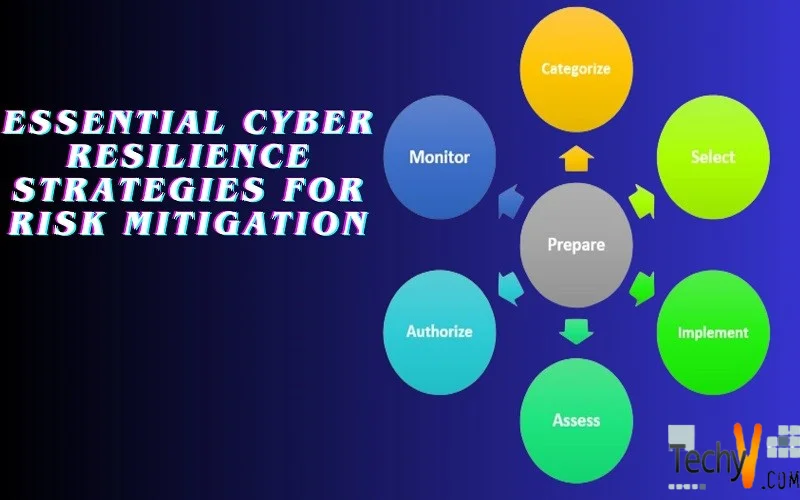Today, cybercrime is the biggest challenge that businesses are finding hard to deal with. Increased exposure to technological changes makes businesses more vulnerable to cyberattacks. Almost all IT companies have become an easy target of cyber criminals. A slight security breach can result in a massive data loss, which may harm a business’s reputation.
Cyber attackers misuse organization’s valuable data and interrupt operations, adversely impacting business’s relationship with their valuable clients. Even big companies are prone to attacks that might halt their operations and create a huge financial burden. Organizations must create solid cyber resilience strategy to overcome the challenges caused by cyberattacks.
Cyber resilience refers to an organization’s potential to identify and respond strongly to cyber-attacks while maintaining the confidentiality and integrity of businesses critical resources. A cyber resilience strategy is a detailed plan that specifies the measures companies can adopt to quickly identify and recover from potential cyber security threats. Implementing the latest cyber resilience strategy enables companies to efficiently handle emerging threats, minimize potential risks, and quickly recover from security incidents.
Cyber criminals devise new techniques to secure unauthorized access to your business’s IT system and misuse your crucial data and information. A cyber resilience strategy will enable your business to handle emerging cyber threats effectively.
The advantages of utilizing cyber resilience strategies are:
- By monitoring and identifying vulnerabilities timely, it enhances business’s cyber security.
- It ensures business continuity by offering solutions to minimize the impact of cyber-attacks.
- By preventing unauthorized access to your business’s crucial data, it safeguard’s your businesses reputation.
- It also ensures compliance to industry standards and guidelines.
An organization’s cyber resilience strategy must cover everything from risk evaluation to financial preparedness. Let us help you identify the top 10 cyber resilience strategies to safeguard your business from future cyber attacks.
1. Develop A Cyber Resilience Framework
The first and foremost cyber resilience strategy businesses must adopt is to design and create a solid cyber resilience framework. A resilience framework should focus on preventive and threat detection measures, and specify the response protocols to follow in the events of cyberattacks. It should also address risk evaluation strategies, incident response plans, and continuity plans for businesses. Companies can incorporate software like antivirus, firewalls, and intrusion detection systems into their security framework for advanced detection of cyber threats.
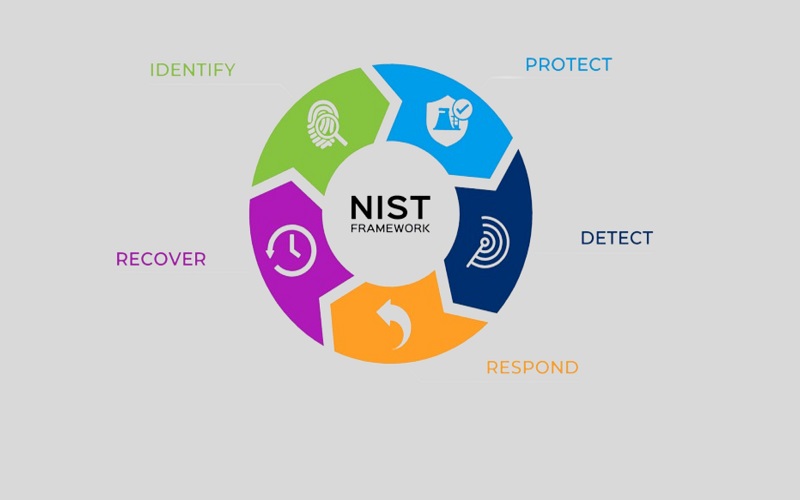
2. Adopt An Incident Response Plan
Companies should plan and design detailed incident response plans outlining procedures to follow in the event of cyber security attacks. The plan must focus on incident detection, recovery procedures, and communication strategies. The plan should specify the types of cyberattacks it covers, and each incident type must have a detailed set of instructions specifying the roles and responsibilities of each member. It is crucial to frequently test and update your business’s incident response plans to ensure its effectiveness and reliability with evolving cyber threats.
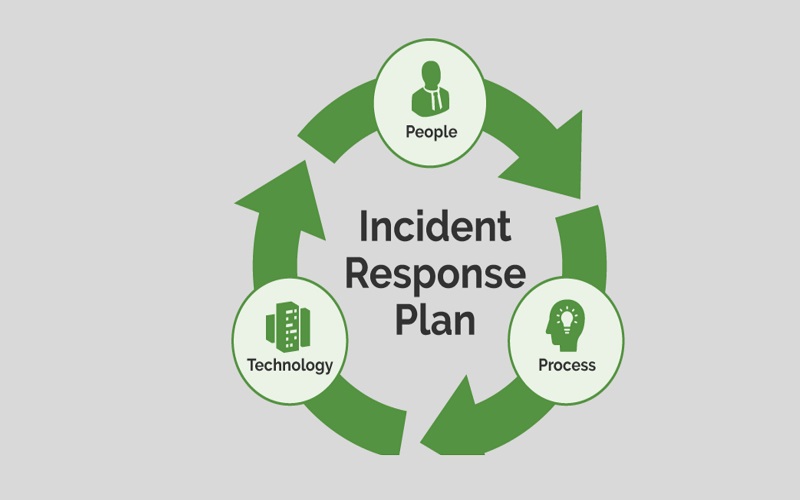
3. Training The Employee
It is necessary to train your employees to fight against emerging cyber threats. Companies should regularly implement employee training programs, to educate and update their workforce on the latest practices to deal with emerging cyber threats. Your employees are the prime source of defense against the cyber threats. Focus on training programs like CybeReady to train your staff on best practices, standard attack methods, and practical strategies to identify and deal with potential security threats.

4. Follow The Zero Trust Principle
Another cyber resilience strategy to adopt is the principle of Zero Trust, based on the ideology of “never trust, always verify.” According to the Zero Trust principle, it is always better to verify and control access to business’s critical data and information. The increased number of digital identities with special privileges and access over multiple devices poses risks to your organization’s vital data. Companies should implement role-based access control with a zero-trust policy to safeguard against ransomware and security threats.
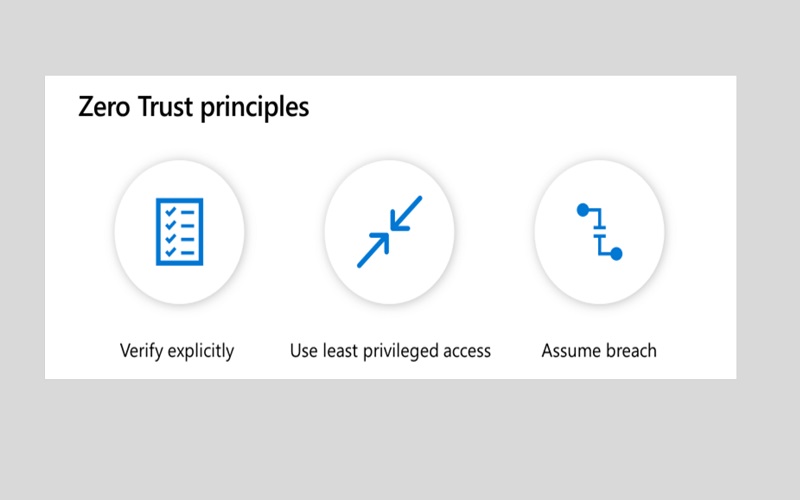
5. Data Encryption
Preventing sensitive data is crucial in building an effective cyber resilience strategy. Companies can utilize advanced encryption techniques to prevent the data in use and at rest. Businesses should plan and establish strict access controls, authentication protocols, and data classification systems to maintain the confidentiality and integrity of their critical data. Organizations should motivate employees to create solid and distinctive passwords for all their accounts.
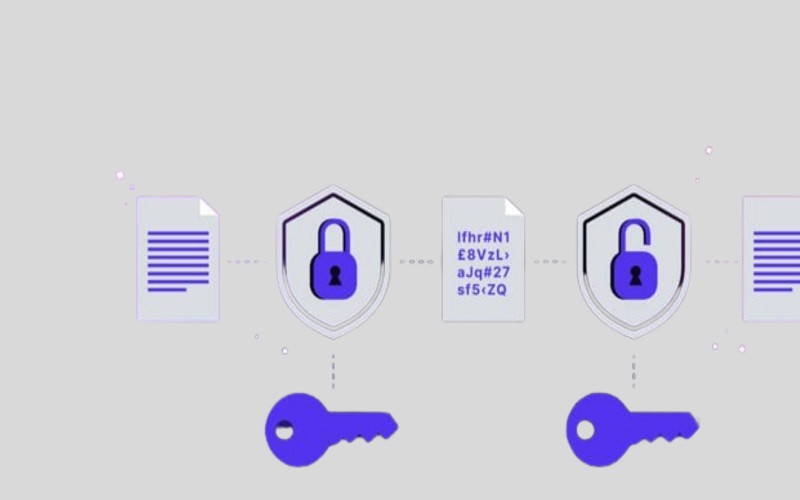
6. Limit Data Access
Implementing strict access controls is one good strategy to eliminate cyberattacks and prevent data loss. Multi-factor authentication and strong password policies also helps to enhance the IT security. Companies should grant access to only authorized people who can maintain data privacy and confidentiality. Businesses should continually review and update user permissions and ensure the rights are granted according to individual roles and responsibilities.

7. Collect Information On Cybersecurity
Another cyber resilience strategy is gathering information and intelligence on cybersecurity. You can collect intelligence and information by collaborating with government departments, business colleagues, and cybersecurity communities. It will help you identify and address emerging cybersecurity threats quickly. Interactions with industry experts will help you to share and exchange valuable knowledge and information about the latest practices for mitigating cyber risks.

8. Data Backup And Recovery
An efficient data backup and recovery strategy must include general data and SaaS applications. An organization’s robust security platform offers an automated backup system to protect against data loss caused by cyberattacks. Companies should backup their crucial data on cloud or off-site platforms to ensure data safety and privacy. Your backup solution must be readily available and accessible to enable quick data recovery and minimize downtimes.

9. Regular Monitoring
Regular monitoring of your IT security system helps in early detection and prevention of cyber frauds. You can utilize real-time monitoring tools to gain visibility into your business networks and applications. Companies should monitor their network traffic, system records, and user activities to detect suspicious identities that may harm business reputations. Investing in SIEM is also a good strategy for developing cyber resilience. SIEM software provides you a transparent view of all your business networks and helps in easy identification of potential cyberattacks in the IT network.
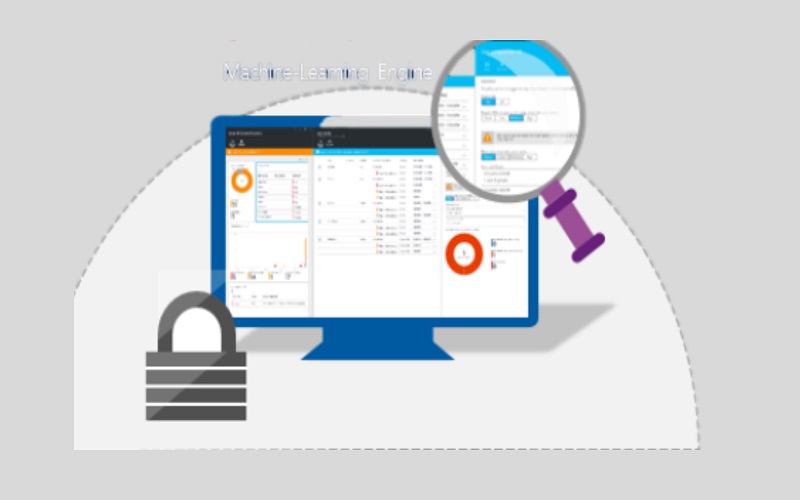
10. Stay Updated
If your business software is outdated, it will become easy for cybercriminals to access your business’s security system. Organizations must ensure all their applications and software are up to date. You can also implement a patch management process to update your IT security systems and minimize system vulnerabilities. Subscribing to industry newsletters, following cybersecurity blogs, and attending webinars will also help IT teams update their resilience skills.




